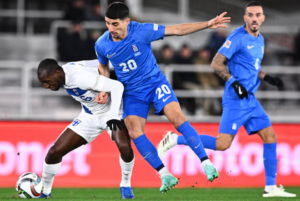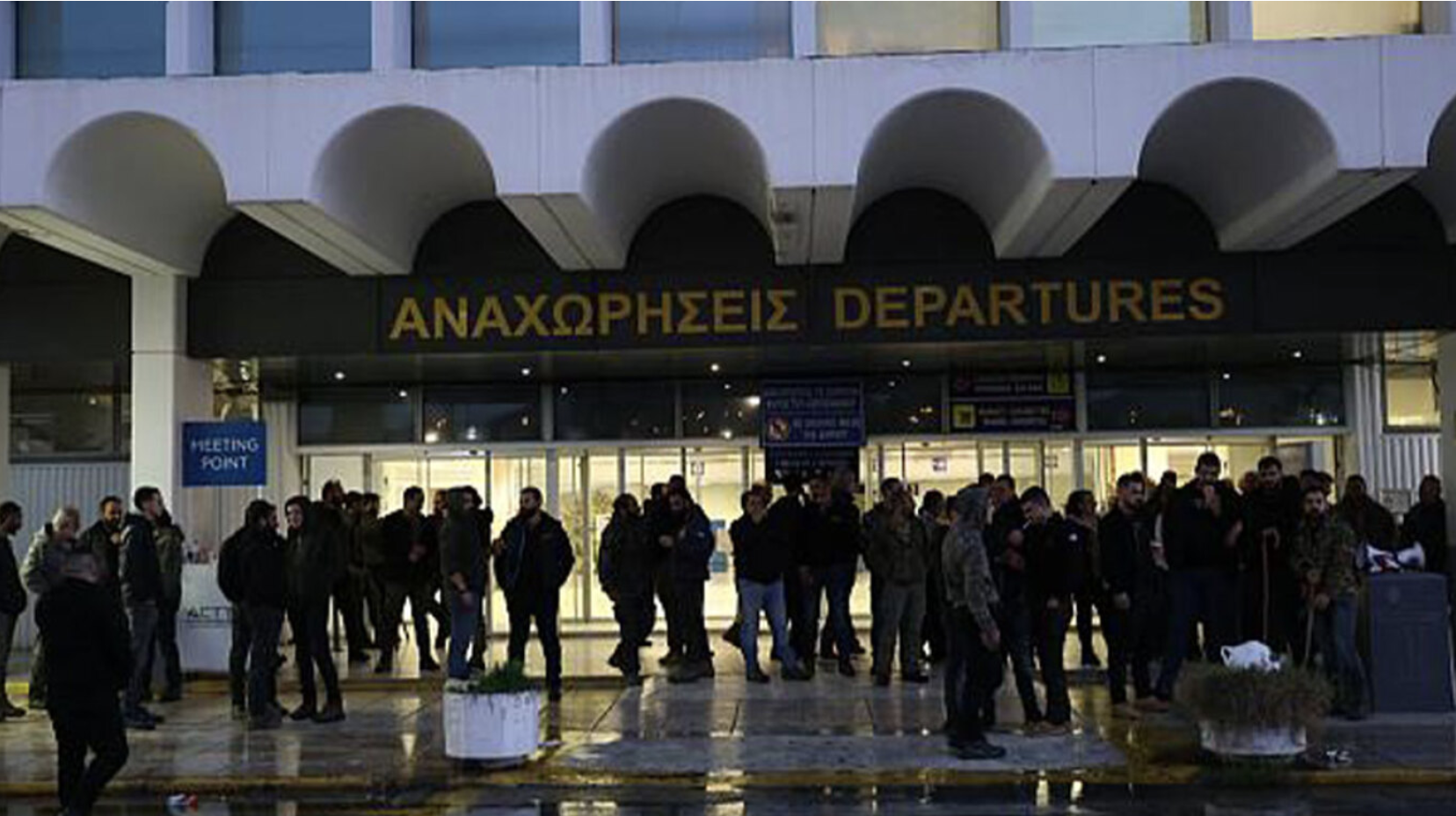UPDATE:
Greece did what it needed to in Finland, but England demolished Ireland 5-0, taking the top spot in our National Team’s Nations League group, with Jovanović’s side finishing 2nd. This means a play-off in the Nations League in March, with the draw scheduled for November 22.
——————————————————————————————————————–
In Greece’s case, avoiding a loss to Finland will be enough to secure a spot in the second seeding group for the 2026 World Cup qualifiers. Even in the event of a defeat, several factors would have to align for the team to drop to the third group.
The Greek national team will wrap up its Nations League group stage tonight (17/11) against Finland, where it is guaranteed at least second place and is still in contention for first. To clinch the top spot, Greece needs a better result than England, who host Ireland in their final match. Tonight’s match, kicking off at 19:00, also holds implications for a much more favorable draw in the World Cup qualifying phase.
If Greece avoids defeat in Helsinki, it will automatically be placed in the second seeding group, significantly increasing the chances of facing more manageable opponents. Even in the case of a loss, Greece remains in a strong position. For it to drop in UEFA’s rankings—used to determine the groups—below 25th place (teams are divided into groups of 12: the first group includes ranks 1–12, the second 13–24, and so on, with Greece currently ranked 21st), a combination of results involving five teams that pose a mathematical threat (Norway, Scotland, Romania, Czech Republic, and Slovakia) must occur, all of whom have matches to play.
At present, Ukraine, Turkey, Sweden, Wales, and Poland have secured spots in the second seeding group, meaning that if Greece achieves its goal, it will avoid these teams in the World Cup qualifiers.
Meanwhile, teams locked into the first seeding group, and thus potential opponents regardless of tonight’s results, include France, Spain, England, Belgium, the Netherlands, Portugal, Italy, Croatia, Germany, and Switzerland. Conversely, the third seeding group will undoubtedly include Slovenia, Finland, Georgia, Ireland, Northern Ireland, Albania, North Macedonia, Bosnia, Iceland, and Montenegro.
The advantage of being in the second group is evident, both on paper and in reality, as it includes relatively stronger teams.
The qualifying structure features two additional groups, with the final group having fewer teams. Greece’s qualifying group will consist of either four or five participants, including itself. The top team will qualify directly, while the runner-up will compete in the playoffs.
More broadly, 43 of the 54 national teams already “know” which seeding group they will be placed in, while the relevant algorithms place Greece’s chances of being in the second group at over 95%.
The combination of results required for Greece to drop out of the second seeding group, assuming they lose to Finland, is as follows:
- 17/11: Norway vs. Kazakhstan – Norway must win or draw.
- 18/11: Poland vs. Scotland – Scotland must win.
- 18/11: Romania vs. Cyprus – Romania must win (note: the outcome of Romania’s match against Kosovo is pending. If Romania is awarded the win on paper, this result alone would suffice. Otherwise, they need one win across these two matches).
- 19/11: Slovakia vs. Estonia – Slovakia must win or draw.
- 19/11: Czech Republic vs. Georgia – Czech Republic must win.
Ask me anything
Explore related questions





